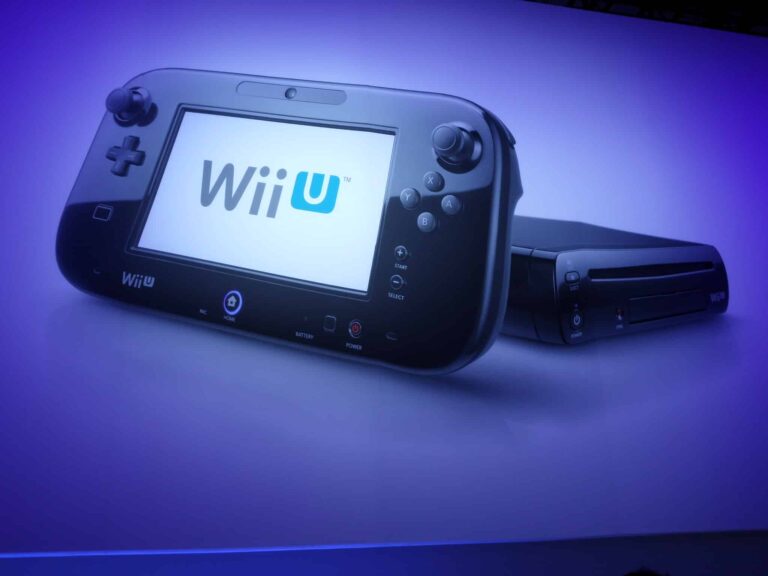A brand pyramid is a visual framework that outlines a brand’s identity and market positioning. It helps communicate the brand’s essence, personality, core functionality, and emotional and material benefits. This tool is invaluable in creating a brand strategy for businesses, both small and large. However, it’s important to establish the brand’s identity before diving into creating a brand pyramid.
Essential achievements before constructing a brand pyramid
Mission and Purpose: Understand the organization’s mission and the purpose it serves. This provides the foundation for the brand identity.
Vision: Define the vision for the organization’s future
Target Audience: Identify a target audience and the specific needs the brand addresses within that audience.
Brand Personality: Choose three to five adjectives that define the brand’s personality.
Core Values: Determine the core values that will guide the company’s decisions and future actions.
The primary purpose of a brand pyramid is to instill trust in those who interact with the brand. The same should help the brand stand out and inspire a sense of familiarity. Consistency in brand messaging is crucial for building trust and loyalty. A customer who encounters consistent branding across platforms is more likely to trust the brand. And this trust increases the likelihood that a customer will share their positive experience.
A well-constructed brand pyramid can be shared with various stakeholders. To ensure a consistent representation of the brand identity. It serves as a reference point for maintaining consistent brand messaging and experiences across different departments and platforms.
Also Read – What is Website Tinting and How to Turn it Off?
There are two main types of brand pyramids:
Internal and external. Internal brand pyramids focus on customer engagement and purchasing loyalty. They categorize customers based on their level of emotional investment in the brand. From minimal engagement to high brand loyalty at the top. External brand pyramids, on the other hand, are used to communicate the brand’s identity to the public. These pyramids help define and visually represent the brand identity.
The five-layered brand pyramid template
Core Functionality: This forms the base and describes the products and services a brand offers.
Rational Benefits: This layer outlines the advantage the brand has over competitors.
Emotional Benefits: This layer exists to identify the intended emotional impact of the brand, such as trust, confidence, or joy.
Personality: The fourth layer includes adjectives that personify the brand, like fun, approachable, professional, or dependable.
Essence: this layer is a display of the mission statement and the core values that guide the brand’s decisions and actions.

Brand Pyramid Examples
Watch Brand Pyramid
Core Functionality:
At the base of the watch brand pyramid, we find the core functionality. In this case, it’s the precision timekeeping, durability, and craftsmanship of the watches.
Rational Benefits:
Moving up the pyramid, we highlight the rational benefits of the brand. These benefits might include Swiss-made movements, water resistance, and innovative materials.
Emotional Benefits:
In the middle layer, emotional benefits come into play. Here, the brand aims to evoke emotions like prestige, sophistication, and confidence in its customers. Owning one of these watches means being part of an exclusive club.
Personality:
The personality of the brand is essential in the watch industry. It’s a mix of adjectives like elegant, timeless, and refined. The brand’s marketing and design choices reflect this personality.
Essence:
At the top, we find the essence of the brand, encapsulated in its mission statement and core values. For a luxury watch brand, this could be a commitment to tradition, innovation, and timeless design.
Also Read – What is this Levy: Google Disney Mobile Charge?
Fashion Brand Pyramid
Core Functionality:
Fashion brands emphasize their core functionality, which is to provide clothing and accessories that are on-trend, stylish, and well-crafted.
Rational Benefits:
The next layer highlights rational benefits. Such as the quality of materials, affordable prices, and a wide range of styles and sizes.
Emotional Benefits:
Fashion is all about personal expression. The emotional benefits layer emphasizes feelings of self-confidence, empowerment, and the ability to make a statement with one’s style.
Personality:
Fashion brands have distinct personalities. Whether they’re seen as edgy, classic, or casual. The brand’s personality guides its designs, advertising, and interactions.
Essence:
At the top of the pyramid, the essence of the fashion brand encompasses its mission to provide accessible, trend-setting fashion.
Also Read – What are Impressions on LinkedIn? How to Track
Luxury Brand Pyramid
Core Functionality:
For luxury brands, the core functionality lies in providing exquisite, high-quality products that often go beyond their basic function. This can include designer clothing, fine jewelry, or premium vehicles.
Rational Benefits:
Luxury brands offer rational benefits, such as superior materials, craftsmanship, and attention to detail. These attributes justify the premium price.
Emotional Benefits:
Luxury brands aim to create emotional connections with their customers. Owning a luxury item can evoke feelings of exclusivity, prestige, and personal reward.
Personality:
Luxury brands often exude a personality of opulence, refinement, and sophistication. Their marketing and communication channels reflect these characteristics.
Essence:
At the pyramid’s peak, the essence captures the brand’s commitment to craftsmanship, heritage, and delivering a lifestyle of uncompromising quality and elegance.
Also Read – How to Leave a Life360 Circle: A Step by Step Guide
Wheel Brand Pyramid
Core Functionality:
In the case of a wheel brand, the core functionality centers around providing reliable and high-performance wheels for various vehicles.
Rational Benefits:
Customers expect rational benefits like durability, safety, and performance. This layer emphasizes the technical aspects of the product.
Emotional Benefits:
A wheel brand can create emotional benefits by instilling a sense of trust, adventure, and reliability. Customers feel confident in their wheels. Whether for daily commutes or off-road escapades.
Personality:
The brand personality for wheels might reflect attributes like rugged, innovative, and dependable. This is reflected in the design and marketing of the wheels.
Essence:
At the top of the pyramid, the brand’s essence could revolve around a commitment to engineering excellence. Promoting sustainable transportation, and ensuring that its wheels carry people safely to their destinations






